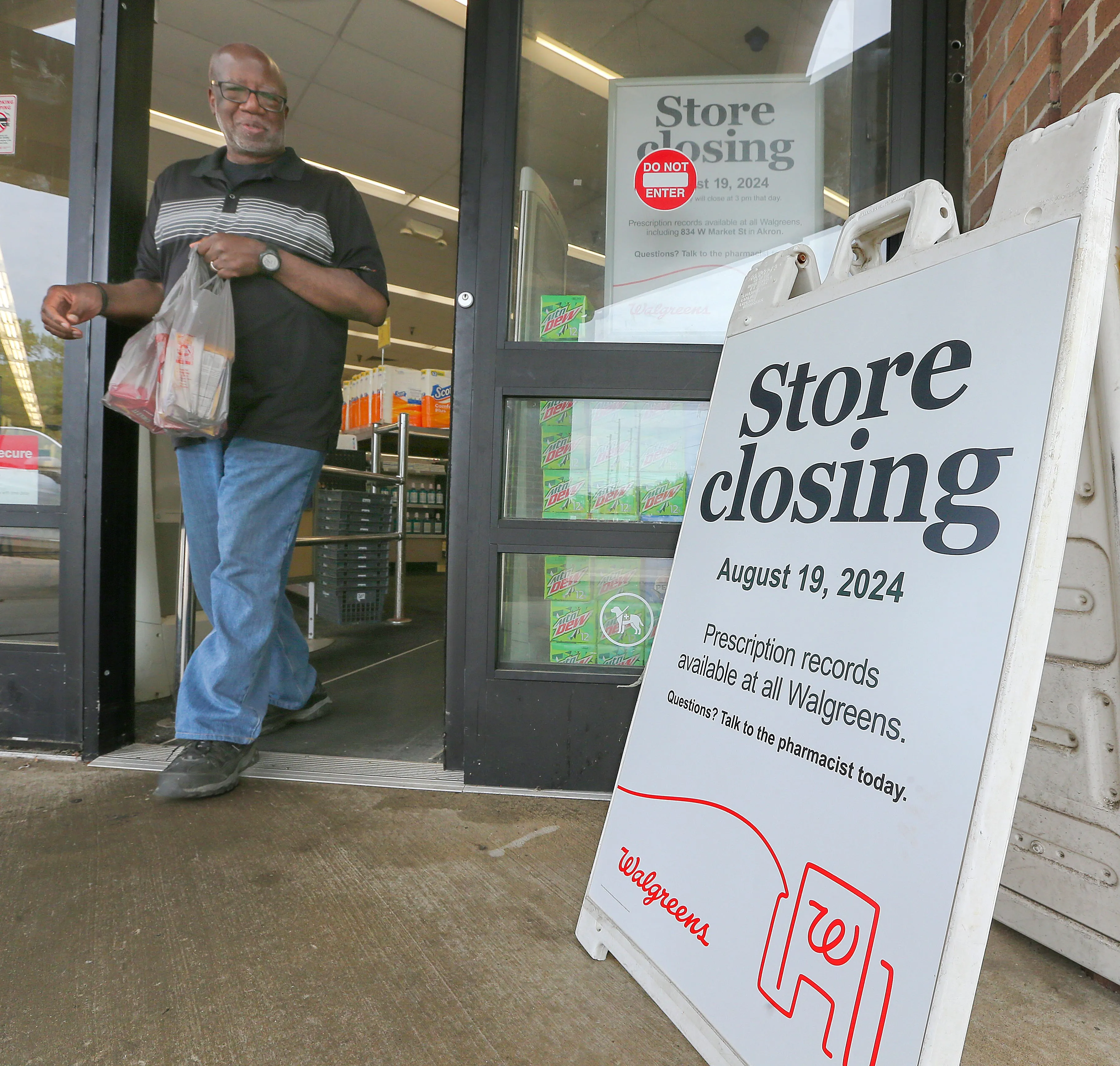Healthcare Disparities: How Pharmacy Access Affects Health in Ohio

Introduction to Pharmacy Deserts
Approximately 46% of U.S. counties have at least one or more pharmacy deserts, defined as a 10-mile radius without a retail pharmacy. This lack of access to pharmacies, as reported by the World Health Organization, raises serious concerns regarding health outcomes in affected areas.
Impact of Pharmacies on Community Health
Research from Ohio State University highlights significant health challenges in regions lacking pharmacies. Communities without adequate pharmacy access often experience:
- Increased rates of chronic illnesses
- Higher medication non-adherence
- Overall negative health outcomes
Pharmacies' Role in Health Policy
Access to pharmacies like Rite Aid and Walgreens plays a crucial role in health policy development. Ensuring that all communities in Ohio have access to essential medications is critical to enhancing overall public health.
Disclaimer: The information provided on this site is for informational purposes only and is not intended as medical advice. We are not responsible for any actions taken based on the content of this site. Always consult a qualified healthcare provider for medical advice, diagnosis, and treatment. We source our news from reputable sources and provide links to the original articles. We do not endorse or assume responsibility for the accuracy of the information contained in external sources.
This article was prepared using information from open sources in accordance with the principles of Ethical Policy. The editorial team is not responsible for absolute accuracy, as it relies on data from the sources referenced.